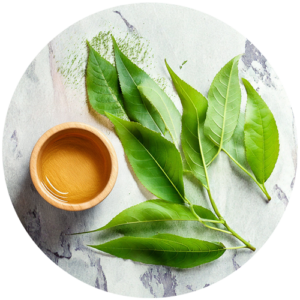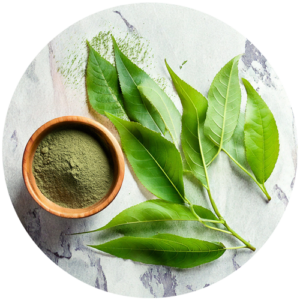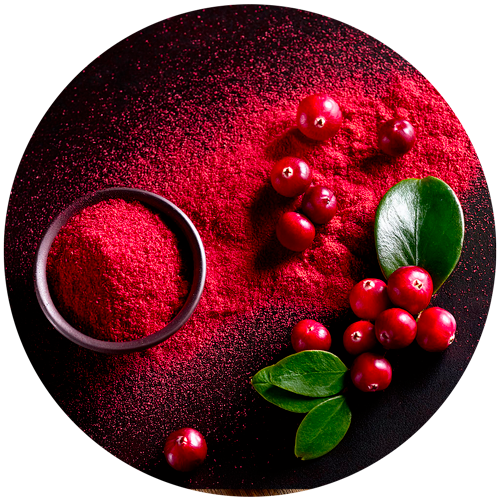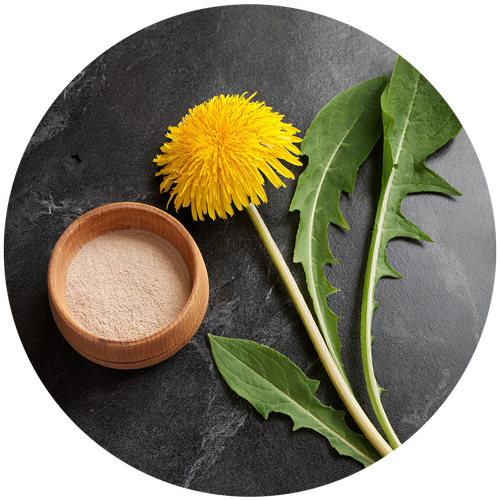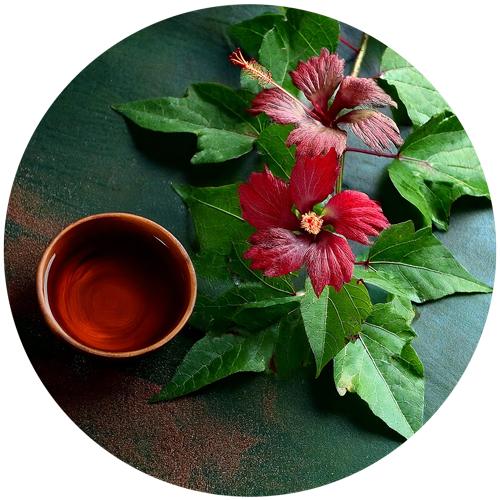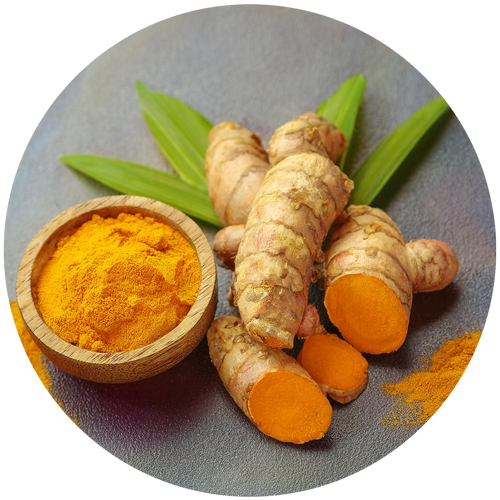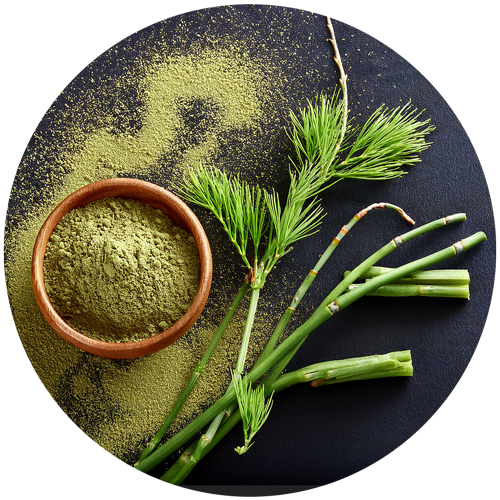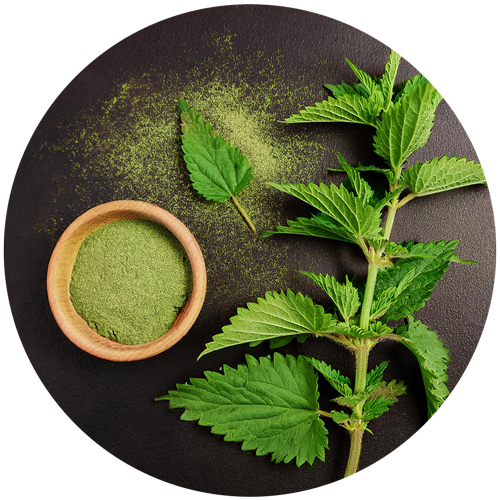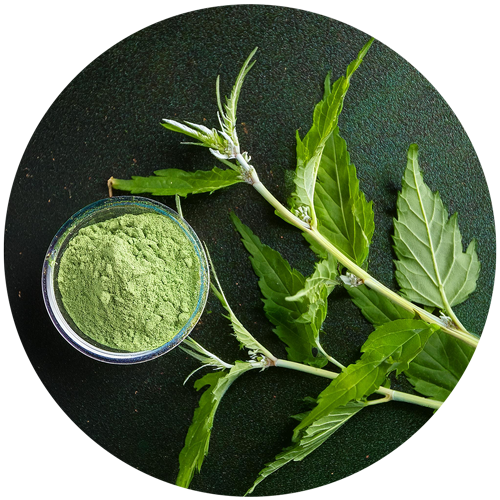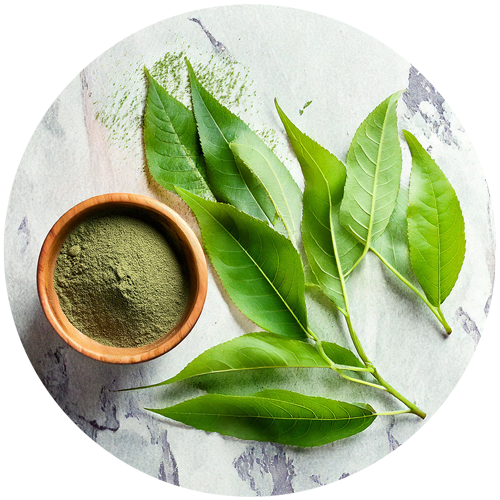

ASH
 Renal function
Renal function  Joints
Joints Ash leaves, Fraxinus excelsior, rich in polyphenols and coumarins, support joint well-being, contribute to metabolic balance and help protect cells against oxidative stress.
Regulations
and analysis
Identification : TLC
Data on traditional use
Cahier de l’agence du médicament (France) :
-
Traditionally used to promote renal elimination of water.
-
Traditionally used to facilitate weight loss as a complement to dietary measures
-
Traditionally used for joint pain
EMA monograph :
- Traditionally used to relieve minor joint pain
- Traditionally used to increase renal water elimination and for urinary tract health.
German monograph :
- Used for joint and urinary tract health
Association ideas by health benefice
Select one or more axes:

Detailed description
Ash, Fraxinus excelsior, a tree in the Oleaceae family, is widespread in temperate regions of Europe and Asia. Its leaves have been used for centuries for their benefits to joint and metabolic well-being.
Rich in bioactive compounds such as polyphenols, flavonoids, tannins and coumarins, ash leaves help protect cells against oxidative stress. These molecules, renowned for their antioxidant properties, support natural defense mechanisms and promote metabolic balance.
Studies have shown that ash leaf extracts also have properties for modulating the immunomodulatory response. They also help relieve mild joint discomfort. In addition, these leaf extracts support sugar regulation through their action on glucose metabolism.
Ash leaves are also recognized for their effect on renal water elimination, contributing to the natural management of body fluids. Thanks to their versatile properties, they are often incorporated into formulations dedicated to joint well-being, metabolic balance and renal health.
